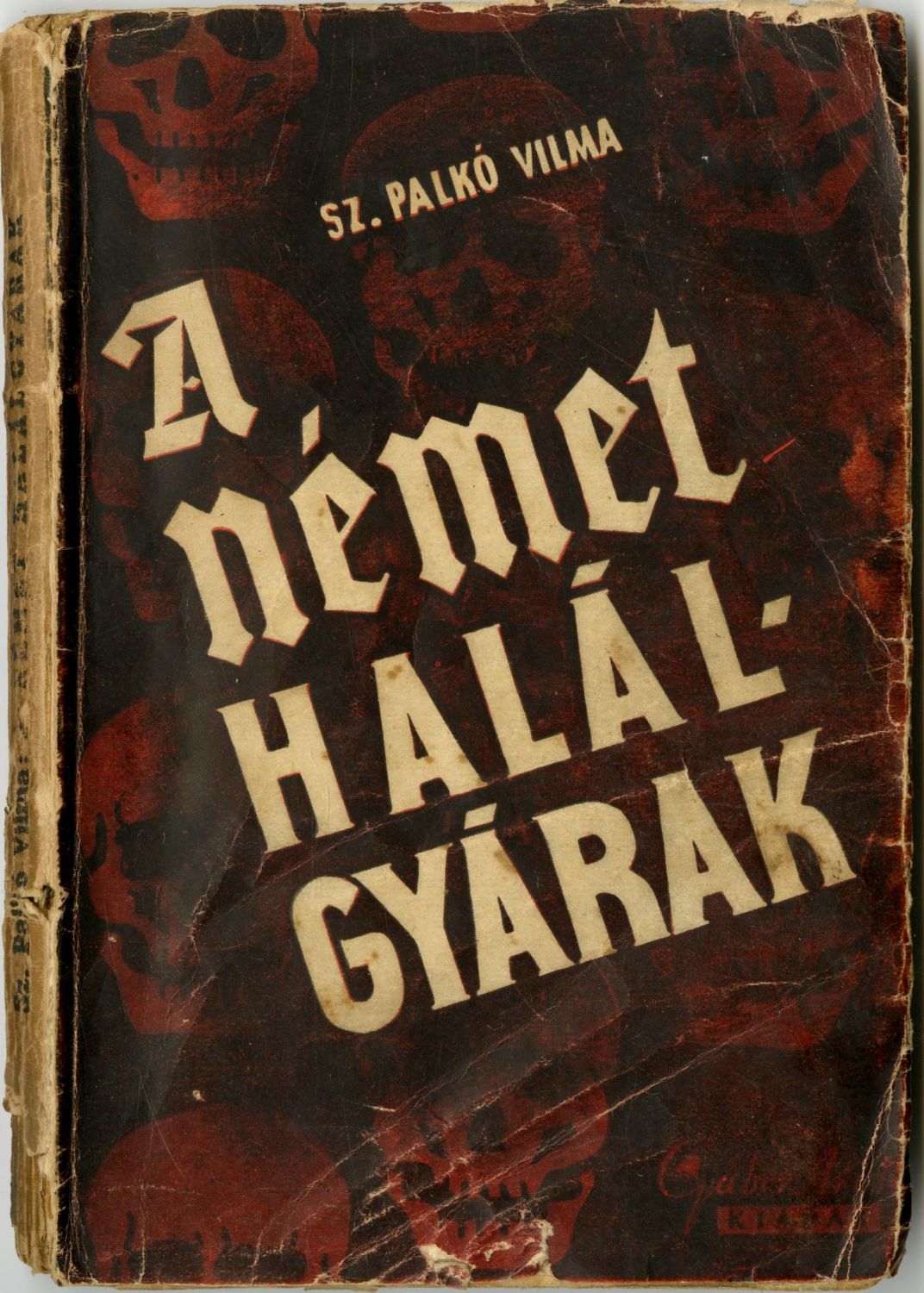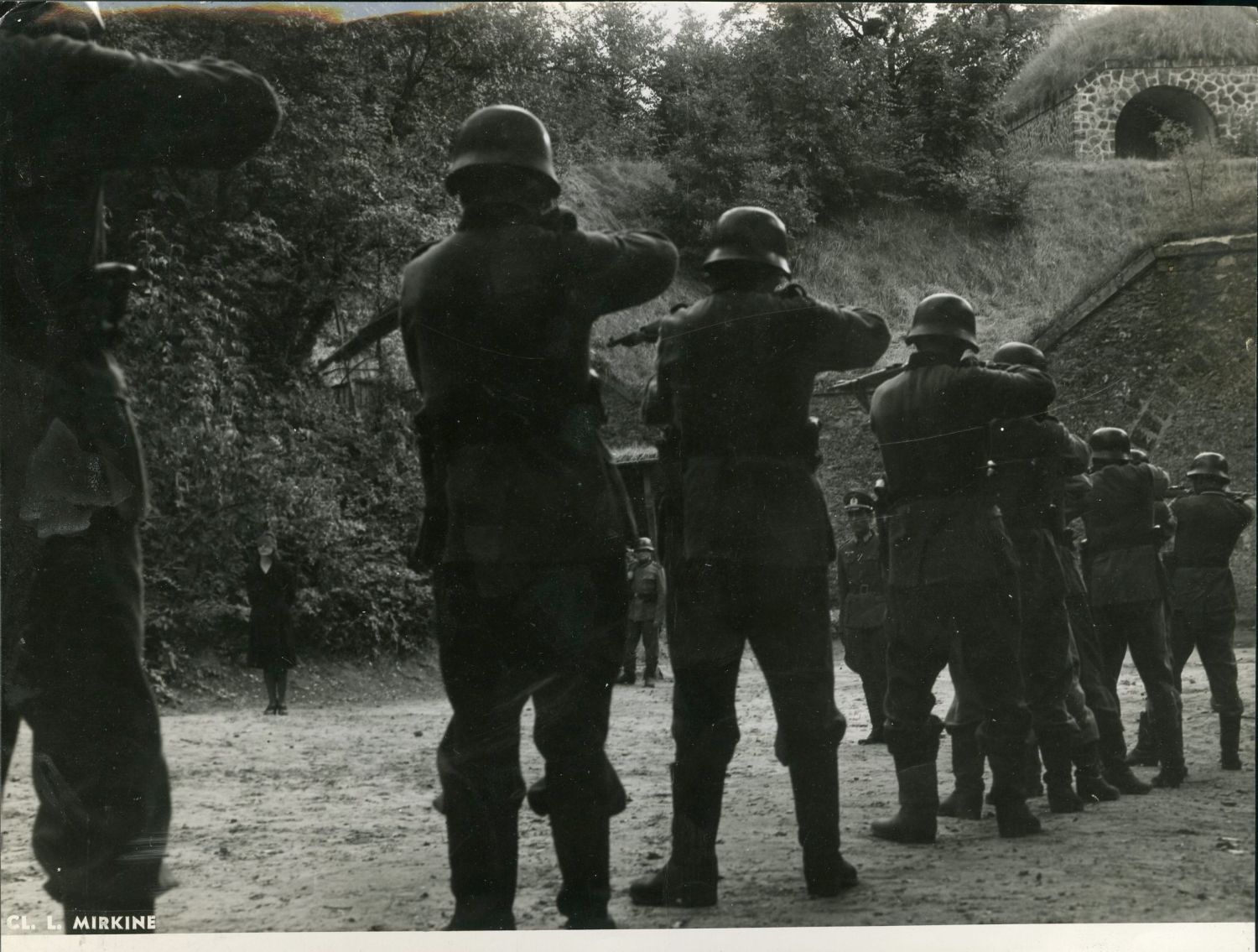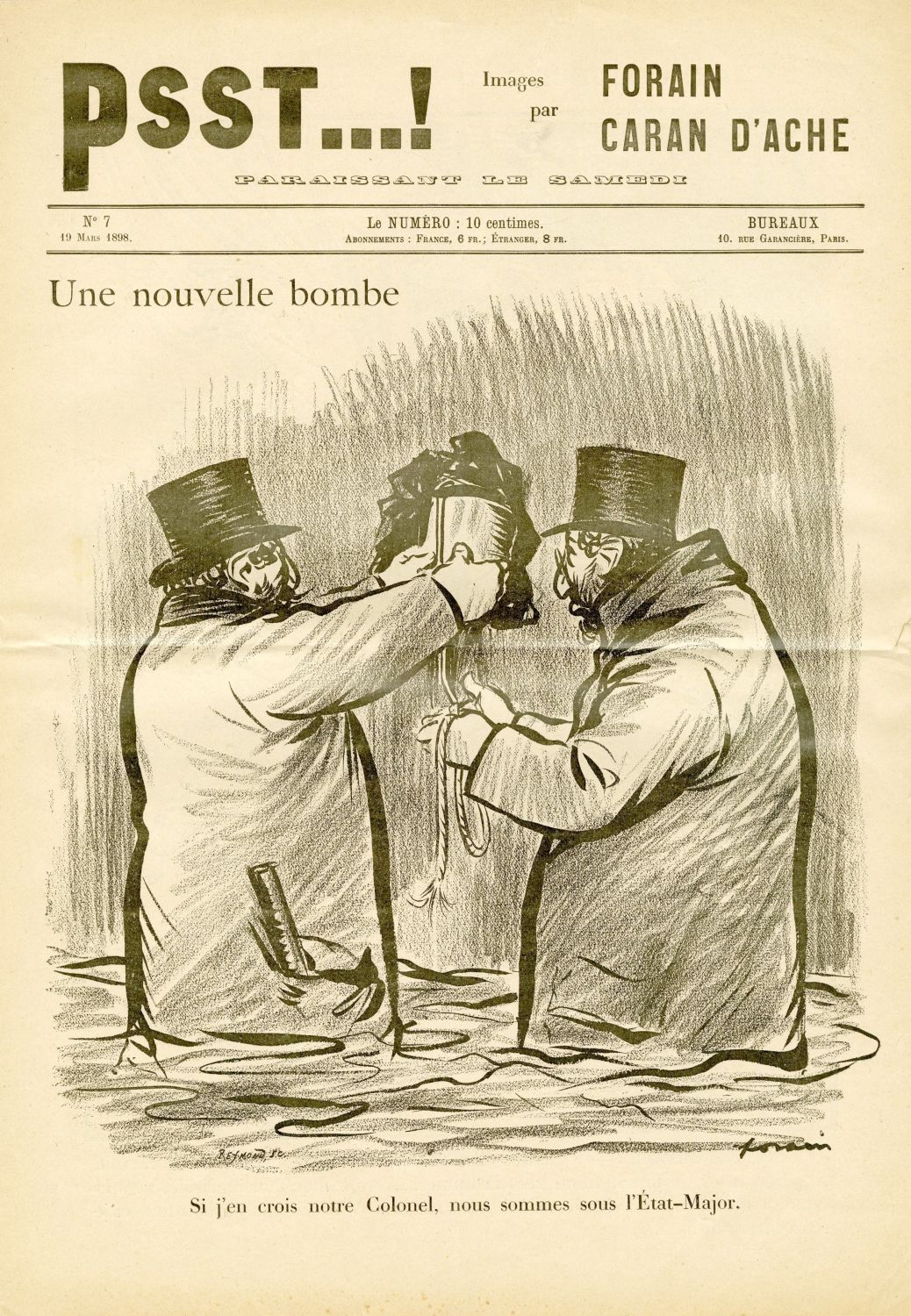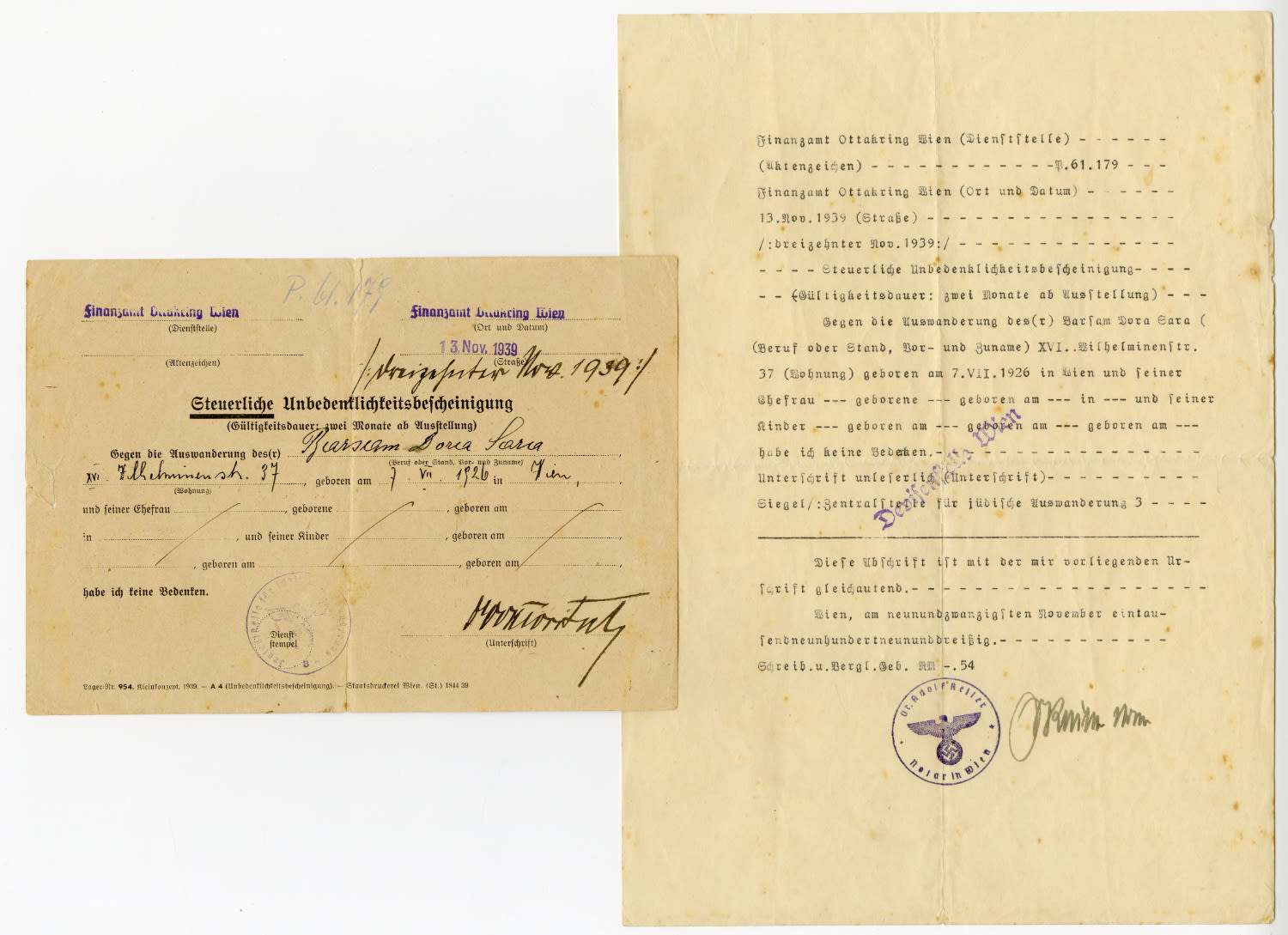Rare photo showing survivor Esther Goldstein and other Jewish women upon arrival at Auschwitz after a selection made by Dr. Mengele. Eve of Passover 1944.
Esther Goldstein (nee Shamshovitz), was born in 1923 to a family of eight children, in the Hungarian town of Tacovo. The town was conquered by the Nazis on March 19, 1944. In April 1944 Esther, then twenty-one, was deported along with her entire family by the Hungarian gendarmerie to a ghetto established in the town. About a month later the ghetto was evacuated, all its residents were sent to Auschwitz and Esther was loaded onto one of the cars in a transport along with her father, mother, three sisters and brother. In addition, her eldest sister Tzili's two young children were deported with them. After a three day journey the train arrived at Auschwitz. Immediately upon arrival a selection was carried out – her mother, father and Esther's little nephews were sent to the gas chambers. She, her three sisters and brother were admitted into the camp as prisoners. Goldstein and her sisters were in Auschwitz for about three months during which they did not work, stood twice a day at roll call for long hours, received meager food rations like the other prisoners and suffered from hunger, cold and frequent selections. After about three months they were taken to the Salzwedel camp in Germany, where they worked in a munitions factory twelve hours a day and were also liberated there by the American army in May 1945. Her sisters and brother remained alive. Her brother Alexander did not survive. The fate of the two other brothers is unknown.
In her testimony at the Eichmann trial Esther recounted the moment seen in the photo before us: "We arrived at Auschwitz train station. The workers entered, also prisoners, wearing stripes. We did not know who they were. They asked quickly, quickly to get out of the cars. We got out of the cars. A German stood there, I remember this so well, and he began to separate men apart, women apart." Esther further recounted in her testimony that the SS officer asked her sister to hand over her son to his grandmother who had arrived with them at the camp, but she refused, eventually the boy was forcibly taken to his grandmother and they were directed in the selection to the left and murdered. In testimony she gave thirty-eight years later at Yad Vashem she added: "And we never saw them again. And when you see the pictures here, then my sister is not there, because she ran after the children, after my mother, after the children. And then they forcibly brought her back to us, and we walked, and walked, until we reached Birkenau. My sister was crying, it was terrible, it was terrible". In an affidavit her sister gave prior to her testimony at the Eichmann trial, she recounted the horrific act of separating her children, and added: "I remember well that after the children were taken, an SS man stood there with a camera and photographed us".
After liberation Esther and her eldest sister, Tzili, went to Prague, where they met the husband of the sister who survived. Her sister eventually gave birth to a daughter. Esther began working as a dental technician and then as a kindergarten teacher. In 1947 she married Chaim, who was in charge of children's and youth homes. In 1949 they immigrated to Kibbutz Kfar Ruppin, which they later left for Migdal HaEmek. They had two sons, Peter-Daniel and Amos, who was later killed in an accident.
The photo before us also appears in the "Auschwitz Album" (the 'Auschwitz Album' currently held at Yad Vashem Museum is the only photographic evidence of the arrival of Jews to Auschwitz or any other camp. The album was found by Lili Jacob from the Beregszász ghetto in the abandoned SS barracks just a few weeks before the end of the war in Dora Mittelbau. The album contained about 200 photos documenting the arrival of the Hungarian Jewish transport. This album is the only photographic evidence of the mass murder process of Hungarian Jewry that took place at the Auschwitz-Birkenau extermination camp. It documents arrival at the camp, the selection process, women and children unknowingly on their way to the gas chambers, men and women selected as "fit for work" and the plundering of property brought by the Jews in the transport). The pictures were taken by SS soldiers apparently for some senior official.
Later were also identified in the photograph Dina Eckerman (deceased) on the right and her sister, Zahava (both survived), were also later identified in the photo when family members visited Yad Vashem and saw the Auschwitz Album. Her son then recounted: "My mother used to say that what is important is what you do not see in the picture, and she meant her mother and brother and Dr. Mengele, who some time before the picture was taken carried out the selection, and sent them to the side from which they did not return. She and her twin sister survived because they were not identical, they were released at age 16, and came to Israel".
6x9 cm. Glued to a photo album page. Good condition.










